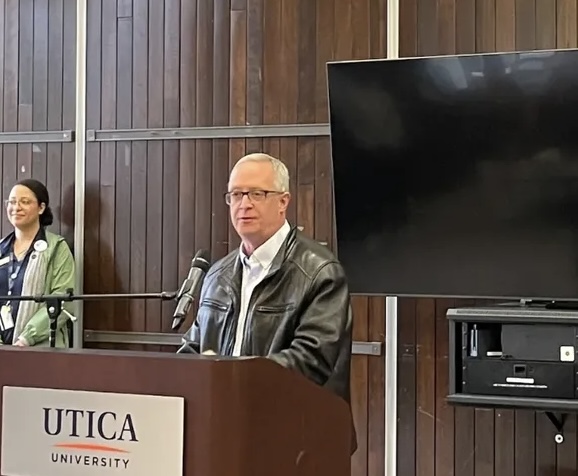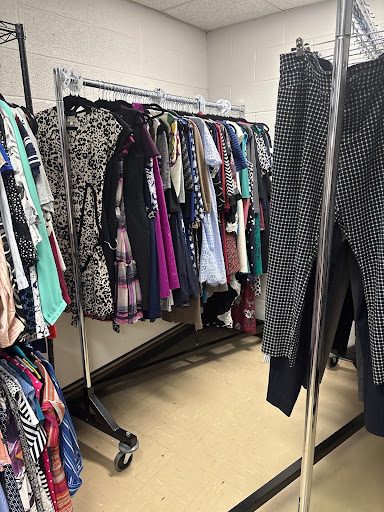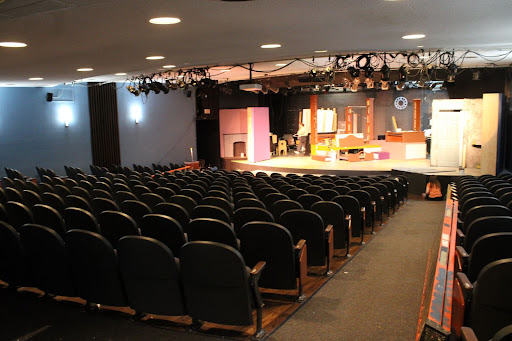Superconductivity is a phenomenon where a charge moves through certain materials without resistance. The theory of superconductors is that if used correctly they can help save energy and create something called “perfect efficiency” which means that during the transfer there will be no energy loss to heat.
In a perfect world all of our electronics would be using superconductors, but unfortunately there are only certain situations where they can be used. They are most often used in MRI machines, magnetic trains and other forms of technology.
Most superconducting materials cannot be used unless they are in subzero temperatures. This unfortunately has been restricting the use of the superconductors.
University at Buffalo’s Charlotte Hsu said in order to create a room temperature superconductor, it will be very challenging to do and will be worthy of a Nobel Prize.
As of late there has been many findings and research on superconductivity and being able to use them at room temperature. Just recently in October, scientists have discovered a new way to start using superconductors at room temperature. The scientists were able to get the superconductor to work at 15 degrees Celsius.
Unfortunately, the superconductor that has been researched has one huge limitation to it. It is only able to survive under extremely high pressures, approximately those at the center of the Earth.
In addition to this energy saving device, it is also known to have advantages such as benefiting the electric grid, telecommunication improvements and medical technology usages.
However, there are slight disadvantages to such technology. With the high pressure, it may create thermal temperatures to increase.
“When designing pipework in bathrooms, manufacturers need to take into account seasonal changes in the temperature to avoid bursting pipes,” the United States Department of Energy said.
Relating to superconductors, seasonal temperatures also play a large role in the efficiency of such technology.
Another disadvantage is when a superconductor reaches room temperature, the magnetism is decreased because it is more difficult to function at warmer temperatures.
How can colleges and universities benefit from room temperature superconductors? Colleges and universities use a lot of energy to keep their schools running smoothly. Not to mention, when schools lose power during rain and snow storms, the amount of energy used to reactivate everything is immense. Superconductivity can help save energy and can also be used in generators.
The future of the superconductor is unknown, yet, can be a very useful thing. According to Interesting Engineering writer John Loeffler, the realm of superconductivity is still relatively unknown.
“There is a lot we don’t know about superconductive materials,” he said. “The hope is to one day use superconductivity in power transmissions, which would dramatically reduce energy costs around the world.”














































































































































